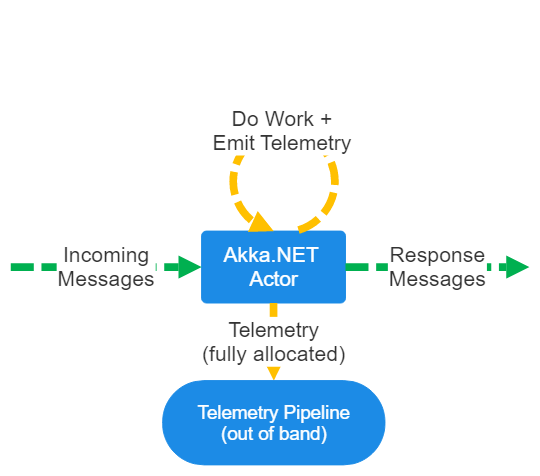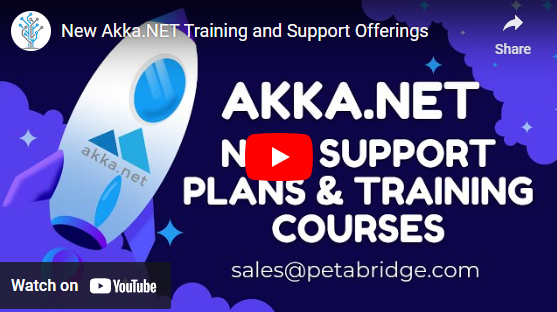The Worst .NET Bug I've Ever Fixed
A 70+ hour journey into fixing a ~10 year old Akka.NET bug.
9 minutes to readThe month of July, 2024 was pretty rough for me and the Petabridge crew from a workload standpoint. Our office got hit with a hurricane. My entire family and I were out sick with COVID in the middle of being hit by a hurricane. Fun times.
But the worst of it was a pair of truly nasty Akka.NET issues that both turned out to both be the same bug:
- Akka.Cluster.Sharding: duplicate shards / entities
- Akka.Cluster.Tools.Singleton: singleton moves earlier than expected - as soon as new node joins
I ended up spending about 70+ hours myself investigating and eventually solving this bug starting from June 27th onwards.
If you’re an Akka.NET user and don’t want to read any further, just upgrade to Akka.NET v1.5.27 or later - the bugs are fixed in those versions of the software. Every other earlier version of the software, dating back to when Akka.Cluster.Tools was first introduced in 2015, has this bug. Please upgrade now.
Otherwise, read on.





